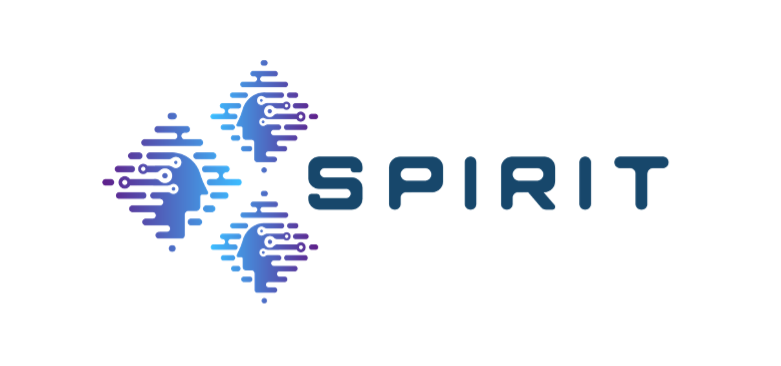Energy-Efficient Video Streaming: A Study on Bit Depth and Color Subsampling
IEEE Visual Communications and Image Processing (IEEE VCIP 2024)
Tokyo, Japan, December 8-11, 2024
[PDF]
Hadi Amirpour (AAU, Austria), Lingfeng Qu (Guangzhou University, China), Jong Hwan Ko (SKKU, South Korea), Cosmin Stejerean (Meta, USA), Christian Timmerer (AAU, Austria)
Abstract: As video dimensions — including resolution, frame rate, and bit depth — increase, a larger bitrate is required to maintain a higher Quality of Experience (QoE). While videos are often optimized for resolution and frame rate to improve compression and energy efficiency, the impact of color space is often overlooked.
Larger color spaces are essential for avoiding color banding and delivering High Dynamic Range (HDR) content with richer, more accurate colors, although this comes at the cost of higher processing energy. This paper investigates the effects of bit depth and color subsampling on video compression efficiency and energy consumption. By analyzing different bit depths and subsampling schemes, we aim to determine optimized settings that balance compression efficiency with energy consumption, ultimately contributing to more sustainable and high-quality video delivery. We evaluate both encoding and decoding energy consumption and assess the quality of videos using various metrics including PSNR, VMAF, ColorVideoVDP, and CAMBI. Our findings offer valuable insights for video codec developers and content providers aiming to improve the performance and environmental footprint of their video streaming services.
Index Terms— Video encoding, video decoding, video quality, bit depth, color subsampling, energy.













